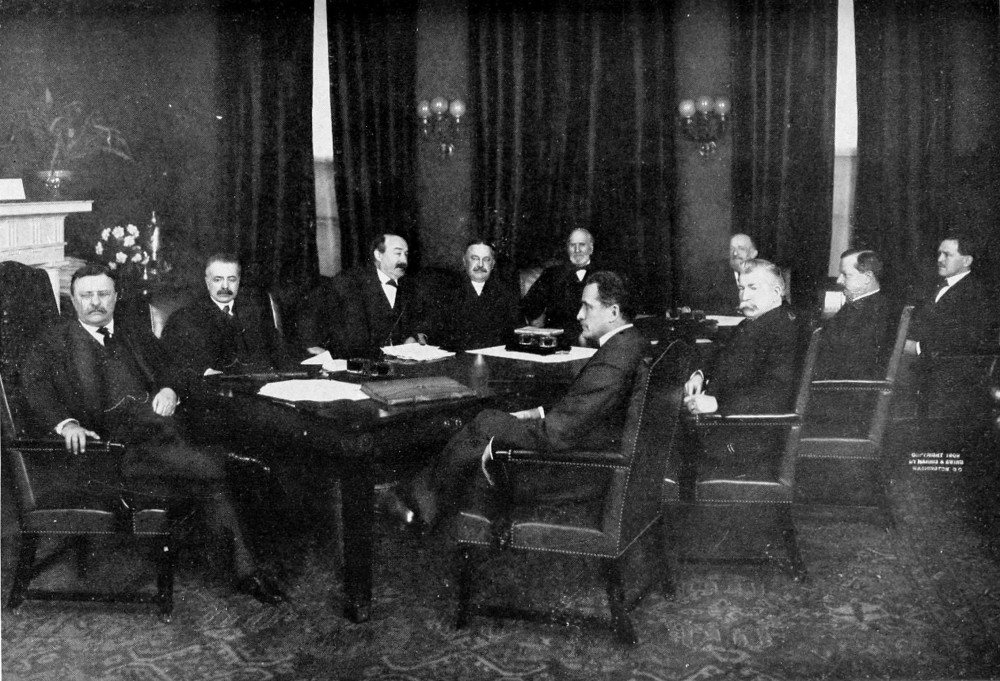The Old Gs
I was recently very encouraged to read the idea “that [non-profit] boards must be packed with influential connectors” is becoming increasingly obsolete.
Learning this was a relief to me, and probably a lot of people, who have worked in arts organizations where board membership was often defined by the narrow philosophy of “get, give or get off” – essentially, solicit donations, make a donation or get off the board.
It might be forgiven then if you viewed the purpose of a board of directors to be fund raising.

The Real G
The truth is, they primary purpose of a board is another “G” entirely, Governance. Anything else the board does is extraneous.
A board is required to exist by federal and state law as a guarantor that the organization is being run in a financially sound, legal and ethical manner. There is no legal requirement that any of these people be involved with fundraising, marketing, artistic planning other than in a oversight capacity.
Ignoring these responsibilities will get you in legal trouble. Failing to help with fundraising and marketing may result in uncomfortable conversations.
No organization’s bylaws start with a requirement to donate to the organization. (Partially because the bylaws are often copied from another organization, but that is another post.)
Recently, the conversation about boards of directors has been focusing on governance. This is partially because the discovery of impropriety or the plain failure of organizations often raises the question about whether a board was diligently pursuing its duties.
Getting Back To Basics
But there has also been a greater recognition of the need to communicate a more holistic view of board service. The focus recently is on governance and the board’s connection with the community. This often means a board that is more diverse and representative of the community rather than one that can garner the most financial support. Given that the original reason non-profits were required to have boards was to represent the community being served, this is a good thing.
” ‘Interacting effectively’ in these times means that board members are connected enough to the organization and its stakeholder environment to ensure proper communication with stakeholders. Board members should be capable of listening with an educated ear for the tremors and trends in the organization’s environment.”
So how does one learn how to assemble and train a great board?
Among some good resources are:
- BoardSource is probably one of the better centralized and comprehensive sources of training, information and materials.
- Bridgespan is also a good source of materials. They have articles on things like basic board responsibilities, what you should know before joining a board, what to do if the meetings are unproductive.
- CharityLawyer – Some of the legal information on this blog is specific to Arizona, but Ellis Carter often tackles board related topics like: questions to ask before joining a board, the different ways to define a quorum and the advantages/disadvantage of term limits.
- Non-Profit Law Blog is another good source of legal information. While their posts are helpful, checking out their aggregated Non-Profit Tweets of the Week post is a relatively effortless way to become aware of potentially important issues like “Directors of Nonprofit Held Financially Liable for Relying on Incompetent Officers“